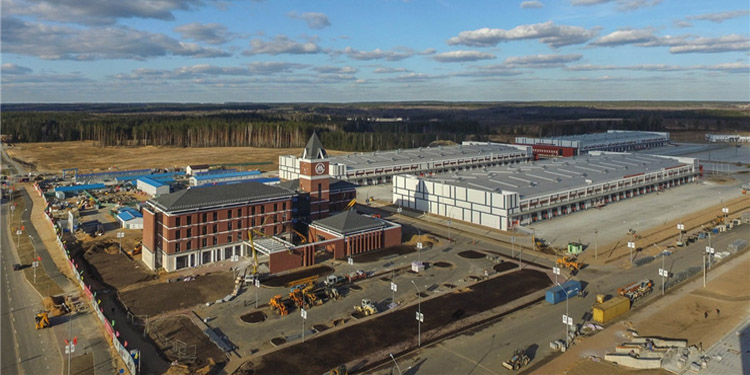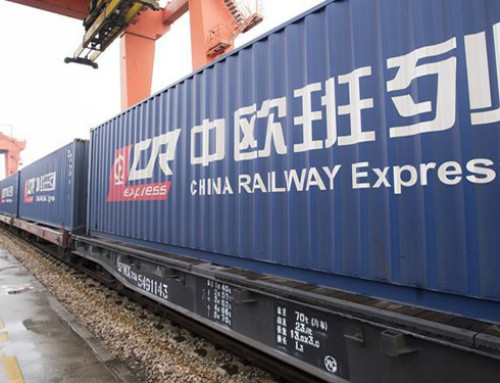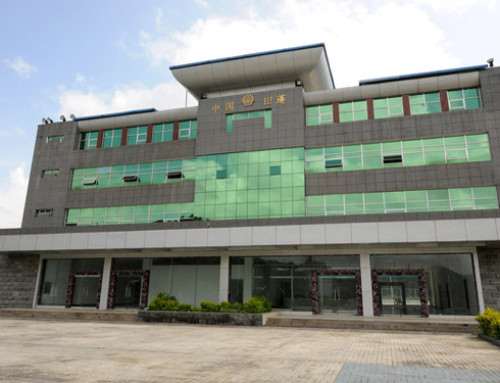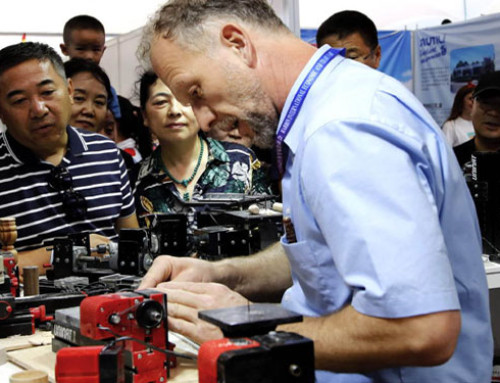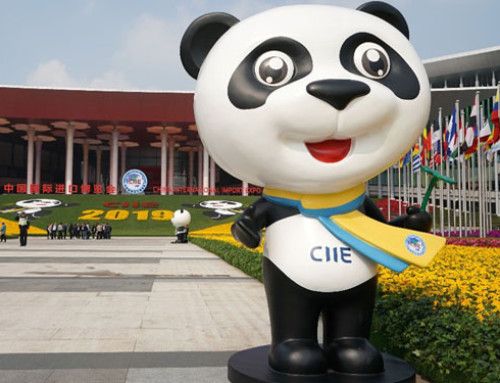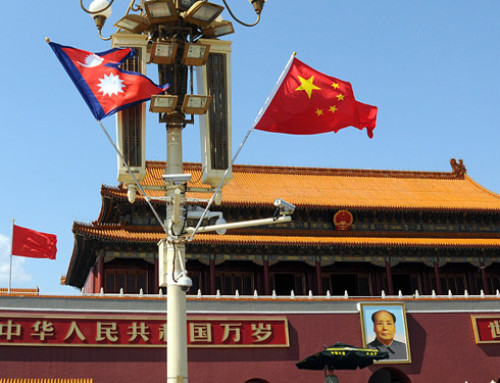Senior executives of the Industrial Park Development Corporation stated that the China-Belarus Industrial Park is a landmark project in the Silk Road Economic Belt and is stepping up efforts to attract more global investors.
As of the end of February, a total of 43 companies registered in the park and signed an agreement with a total investment of more than $1 billion, compared with 23 companies at the end of 2017. 14 of them have started manufacturing and providing services.
Li Haixin, director-general of Zhongbai Industrial Park Development Co., Ltd., said that the first phase of the industrial park will cover an area of 8.5 square kilometers and can be completed in 2020. At that time, 70 to 100 companies can be contracted to sign investment contracts worth between US$2 billion and US$2.5 billion.
“We want to attract high value-added high-tech companies that can continue to grow, especially those that can fill the gap in the Belarusian economy,” Li said.
He said the target companies will be distributed in nine major industries, such as mechanical engineering, new materials, electronics and biotechnology.
At the same time, Zhongbai Industrial Park, also known as Dashi Industrial Park, is accelerating its pace of globalization. Of the 43 companies, 26 are from China, 10 are from Belarus, and 7 are from other countries, such as the United States and Russia.
“We have been actively expanding our influence to nearby areas, especially Russia and other European countries, which are the main markets for companies registered in parks,” Li said.
The industrial park is 25 km from Minsk and is a territorial entity with an area of 91.5 square kilometers. It is the largest intergovernmental cooperation project between China and Belarus. Adjacent to Minsk National Airport and the Berlin-Moscow transnational highway, it is expected to be a major destination for emerging and high-tech industries.
Hu Wei, CEO of Industrial Park Development Corporation, said that Belarus draws on China’s experience in reform and opening up, makes full use of geographical advantages, enhances marketization, and better integrates into the global economy.
Hu Jintao said: “At present, the most important thing in Belarus is foreign investment, advanced technology and ideas, creating an environment conducive to foreign investment and attracting more investors to the industrial parks of China and Belarus.”
He believes that industrial parks should become a model area for international practices.
China and Belarus have been working together to resolve their differences in standards. Due to the different building codes of the two countries, the preliminary design of the industrial park by Chinese architects does not meet certain requirements of Belarus.
In order to solve this problem, Beijing Jianyi Investment Development (Group) Co., Ltd. acquired a 60% stake in the Belarusian National Design Institute for 1.5 million Belarusian rubles ($703,715) last year.
Architects from both countries are now working together to better integrate their building codes and reach consensus on the design of homes, public works, factories and warehouses. Su Lei, chief executive of the China-Belarus Joint Design Institute, said that it is much easier to get approval from the regulatory authorities in Belarus.



